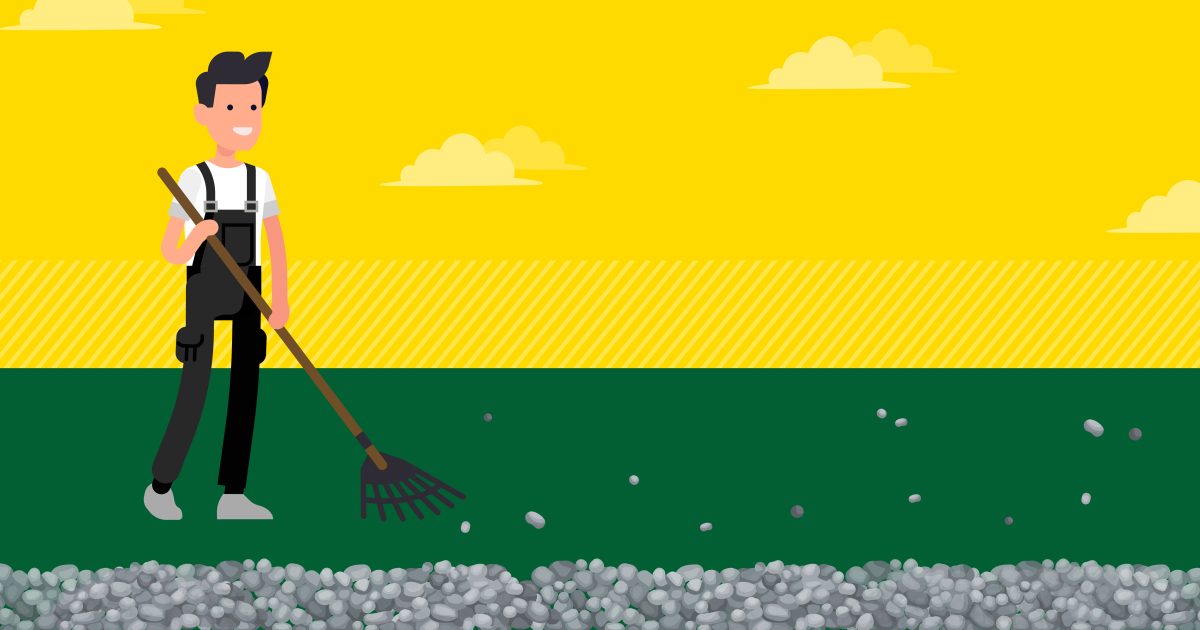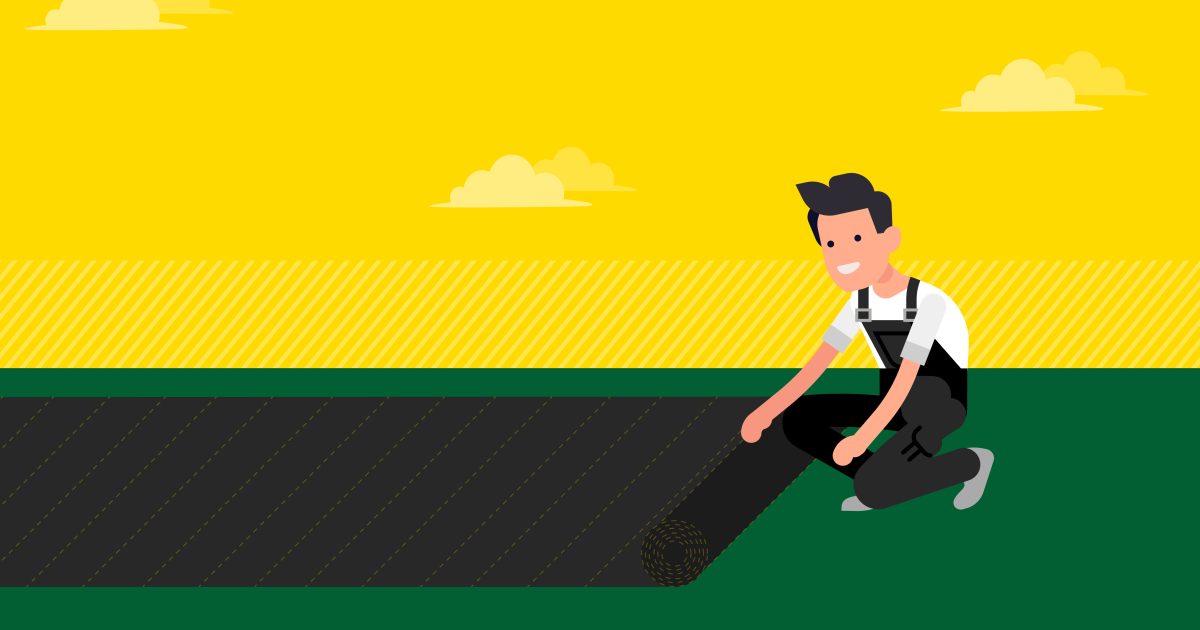Gravel Garden Maintenance Advice
The use of gravel and other aggregates in gardens continues to be a popular choice for gardeners up and down the country. That’s not really surprising, because done well it can look fantastic, while a gravel garden also tends to need a lot less maintenance than many of the alternatives.

Here at Neil Sullivan & Sons, we supply a range of aggregates that can be used in the garden for a number of different jobs. These include:
- Slate chippings – tough and durable choice that’s great for rockeries and for surrounding a water feature
- 10mm and 20mm shingle – great for driveways, borders and pathways. We recommend 20mm shingle for driveways and 10mm shingle for paths
- Cotswold chippings – an attractive and bright stone that’s also good for drives and paths, but which is often used in pots, planters and beds as well
- Play bark chippings – soft and decorative aggregate that’s ideal for your beds and play areas
As we mentioned earlier, one of the main advantages of a gravel garden is that it needs considerably less maintenance than one dominated by lawns and soil. However, ‘less maintenance’ doesn’t mean ‘no maintenance’, so let’s take a look at a few of the things you need to do to keep your gravel garden looking at its best.
Stay on top of the weeds
Before laying large amounts of gravel, it’s always advisable to put some kind of weed suppression system down, such as a weed membrane. You’ll never get it 100% weed-free, but for a good few years, anything that does find its way into your gravel should only be going a short way down and therefore relatively easy to get out again.

This is a job that’s worth doing regularly. Not only will it be easier, but if you ignore them and leave them to grow, they will eventually burrow their way through the membrane, and once that defence has been breached more will inevitably follow.
Of course, gravel is a great weed suppressor in its own right as well, so is also commonly used in beds and borders, where it not only looks fantastic, but will also save you a lot of weeding over the course of a year.
Wear and tear
Gravel looks fantastic when it first goes down, but as you walk on it, it’s easy to kick some of it about, pick up a few bits in the treads of your shoes, or otherwise disturb it as you go about your business. Over time, that’s bound to create a few bare patches if you don’t do anything about it. Simply raking it over every now and then is an easy way to make sure that the gravel stays level on its surface. Having said that, you may need to top it up with a couple of bags after a while to get it back as new.
Plants and pots
There are plenty of plants you can get that can be planted directly into gravel and which will thrive there, often without the need for much in the way of watering. Lavender and yuccas are both ideal for this kind of environment. Of course, once you’ve got a weed membrane in place, adding anything new can become a bit of a problem – but don’t worry, because there’s nothing to stop you cutting a small hole in it with scissors for a plant to grow through. Alternatively, you can just place a few pots and raised beds on top of the gravel instead.
At Neil Sullivan & Sons, we keep large quantities of aggregates at our Wickford yard, ready for you to collect whenever you need. Otherwise, we can deliver directly to your site either loose or in one tonne bags.
Contact us now to find out more or to place your order.